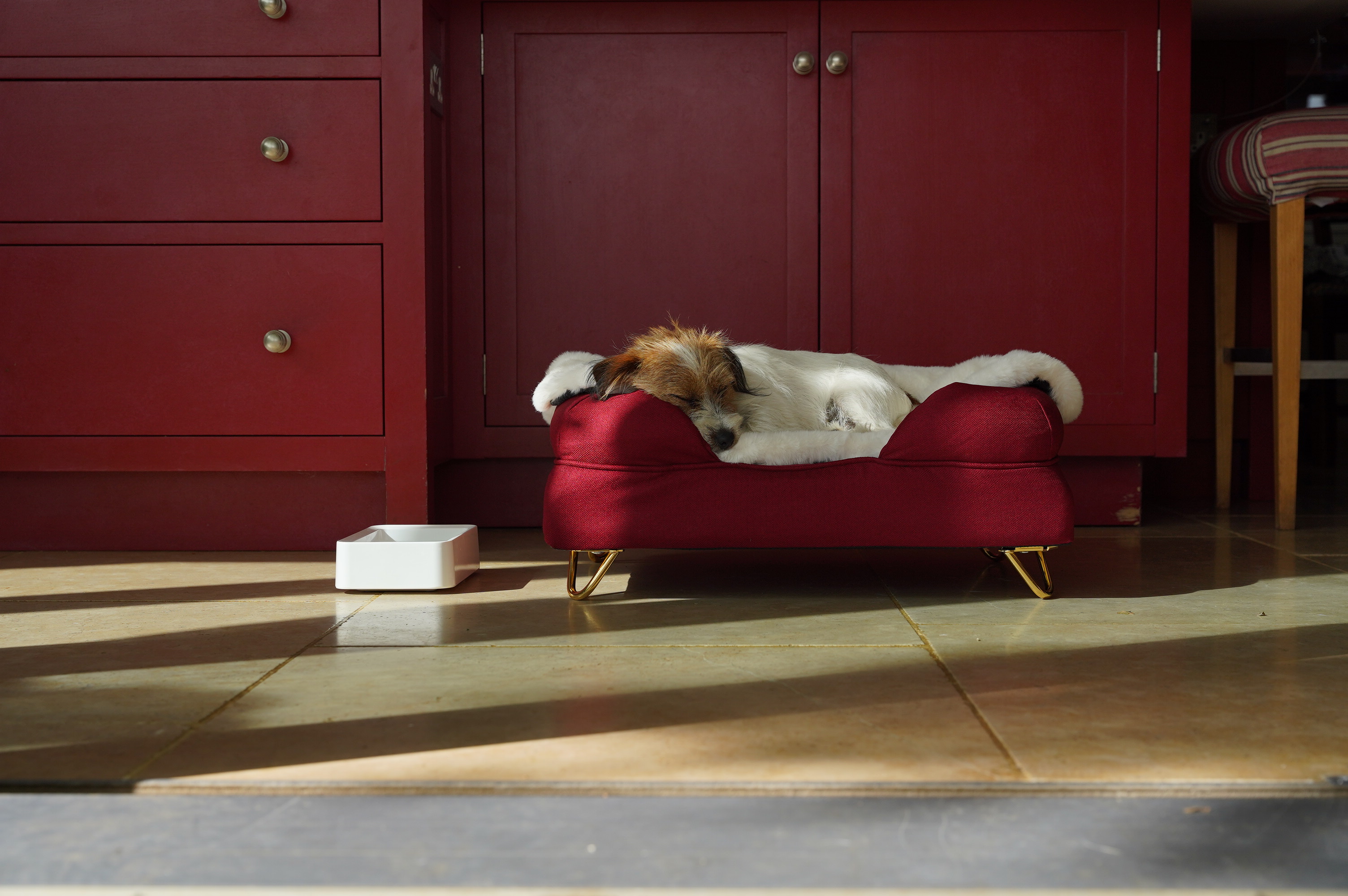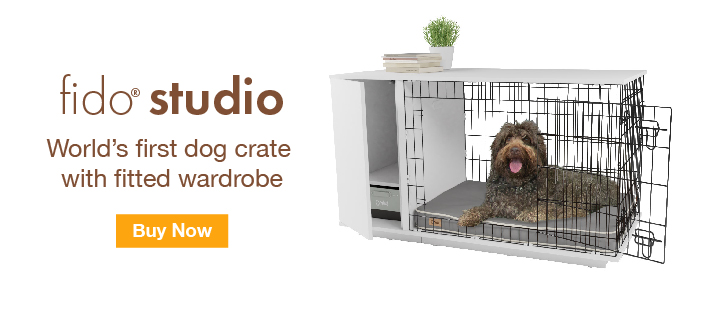Dogs love to eat. Many would eat all day if they could, but overfeeding does not do a dog any favors. A healthy dog is a happy dog, which is why feeding your dog a balanced diet is so important. It may be hard to resist giving your beloved pet a few extra treats or another helping of food at dinner time but your dog will love you much more in the long run if you keep them healthy. Partner up what you are feeding your dog with plenty of exercise and your dog will live a fulfilled and happy life.
How much should you feed your dog?
A lot of dogs share a common love for food and some breeds more than others. Dachshunds, cocker spaniels and labrador retrievers can be particularly greedy. For this reason, we can’t let our dogs eat as much as they like, but it does make knowing how much to feed your dog rather tricky. Your vet will be able to tell you the typical amount of food required for your dog’s breed and size, and you can always top up your dog’s bowl following the guidelines on the dog food packaging.
You should regularly monitor your dog’s weight and adjust how much you’re feeding them accordingly. Depending on the size of your dog, you can weigh them yourself at home using a set of bathroom scales. Weigh yourself first and then weigh yourself holding your dog - the difference in weight is equal to the weight of your dog. If you’re unsure or unable to weigh them, then speak to your vet to organize a check-up and weighing session.
Use a measuring cup
The rate of dog obesity is high with 35% of dogs in the United Kingdom being considered overweight. This means many of our dogs are becoming more at risk to health problems like diabetes, cancer and liver disease. The extra weight will also take its toll on your dog’s bones - those with canine hip dysplasia, luxating patella, intervertebral disc disease or other orthopaedic diseases will certainly feel discomfort from the extra weight.
To combat this we can control the portion size of our dog’s meals by using a measuring cup, directions from your vet and the instructions given on the food packaging. If your canine friend continues to put on weight then you can begin reducing the portion size until their weight stabilizes at a healthy level.
How often should you feed your dog?
As your dog begins to mature into an adult, you must think about how much you are going to feed them. Dogs mature at different stages depending on their breed and size, but all age considerably quicker in the first year of their life compared to any other. It’s possible to figure out roughly how old your dog is in human years to help determine their feeding requirements.
Most dogs are fed twice a day, one meal in the morning and one in the evening. If you have a particularly large dog, you may want to feed them regular smaller meals throughout the day, or if you have a small dog they may benefit from three meals a day. A dog’s routine largely depends on your own. But remember that dogs find assurance in routine, so once you have decided when you are going to feed them be sure to stick to it.
How much should you feed a puppy?
It’s amazing to see how fast your puppy grows into a strong and lively adult dog. To give them the best start in life it is important to give them the right amount of food. A good breeder or shelter will be able to recommend suitable food for your new puppy. It’s always a good idea to follow their advice because puppies have sensitive stomachs which can be easily upset if their diet is changed, so stick with the food they are used to for the first week or so. After this time you can slowly introduce them to a new diet.
A young puppy around eight to twelve weeks old will need feeding little and often, typically four to six small meals a day. This helps to keep their energy levels fairly consistent and is a lot easier for the puppy to digest than two large meals a day. As your puppy grows, you should gradually reduce the amount of meals you are feeding them so by around six months old they’re eating two or three suitably portioned meals a day, depending on their breed and size. For guidance on meal sizes, speak with your vet or follow the guidelines on the dog food packaging.
When the time comes to collect your puppy, make sure to ask the breeder for some guidelines on your pup’s diet to ensure you don’t over or underfeed them. You may need to adjust how much you are feeding your puppy by monitoring their weight and body shape. You should be able to feel your puppy’s ribs but you shouldn't be able to see them clearly. Your puppy should also have a visible waist when you look at him from above. This is an accurate way of deciding if you are over or under-feeding your puppy for all breeds and sizes.
Omlet and your dog
We all want only the best for our little canine companions. At Omlet we care for you and your dog’s needs with a range of innovative dog products including comfortable and stylish dog beds for dogs of every size.







Comments
There are no comments just yet